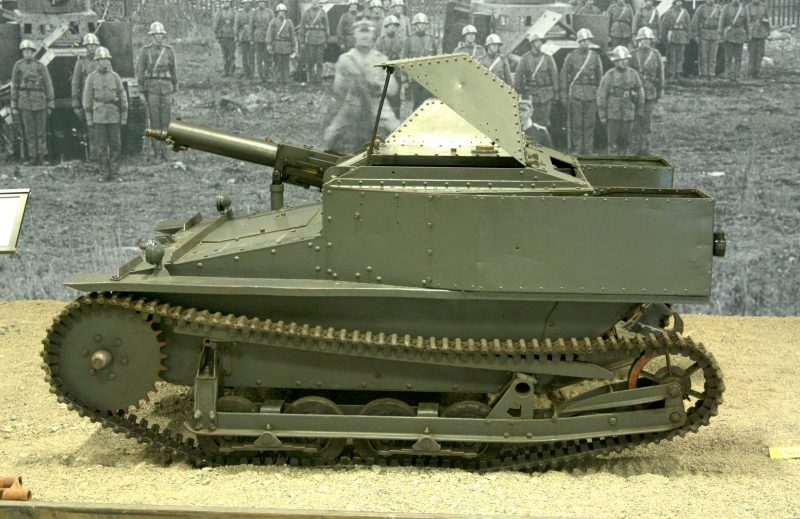This film is the 2nd in a series of short films that covers some of The Tank Museum’s collection of vehicles. It is presented by David Fletcher MBE (historian of The Tank Museum).
Captain Vivian Loyd and Sir John Carden designed the Carden Loyd Carrier. It was designed to be a two-man, low-cost Machine-Gun Carrier to be used by infantry. Vickers-Armstrong took over this company in 1927, and this tank then became mass-produced to use in the British Army, as well as being made available for export (a lucrative trade). The infantry didn’t like this tank, and it was hugely unpopular, so they were mostly used by the Royal Tank Corps in reconnaissance roles as embryonic, light vehicles.
Production of the Carden-Loyd Carrier began in 1927 and ran through to 1935. The last two years of production (1933-1935) were taken on by the Royal Ordnance Factories. 450 of these were made in total. At least 325 of the Mark VI Tanks were utilized by the British Army, mainly in the role of machine-gun carrier but also used as mortar carriers, smoke projector vehicles, and light gun tractors.
In 1930-1931 the Canadian Amy received 12 of these each year. Following an evaluation, carried out by Princess Patricia’s Canadian Light Infantry and the Royal Canadian Regiment, they were used in a training role by the Canadian Army at their Canadian Armored Fighting Vehicle School while they awaited larger and newer tanks. In 1938 they were eventually provided with the Vickers VI B light tank. The Canadians never used these in a combat role.
The Carden-Loyd Tankette inspired the design of the German Panzer I tank; this came about from cooperation between German and Soviet Union military cooperation.
When tested in Belgium, by the Chasseurs Ardennais Mountain Division, the tanks were classed as almost useless in mountainous areas and passed over to a border guard regiment. These were still in use in May 1940 when the Battle of Belgium began; they were positioned on the banks of the Meuse.
They have been found to have fired rounds on the morning of May 10th, 1940 – the day the German invasion began.
